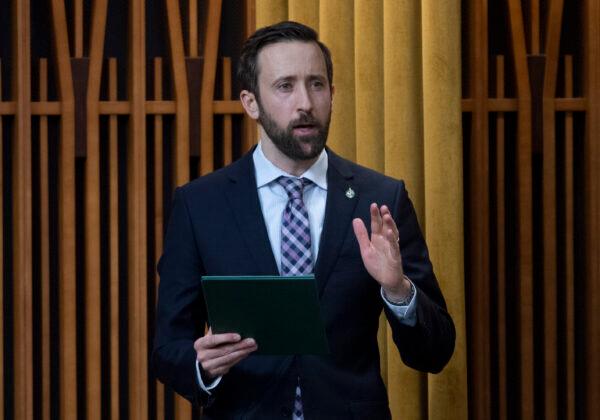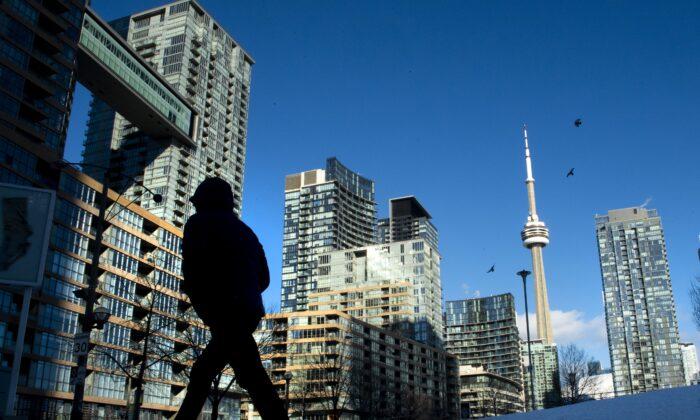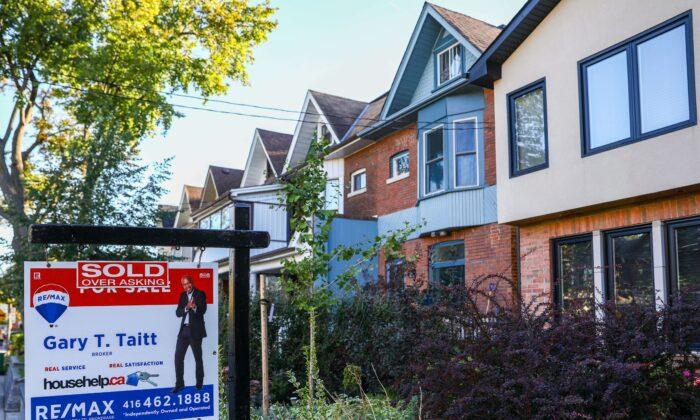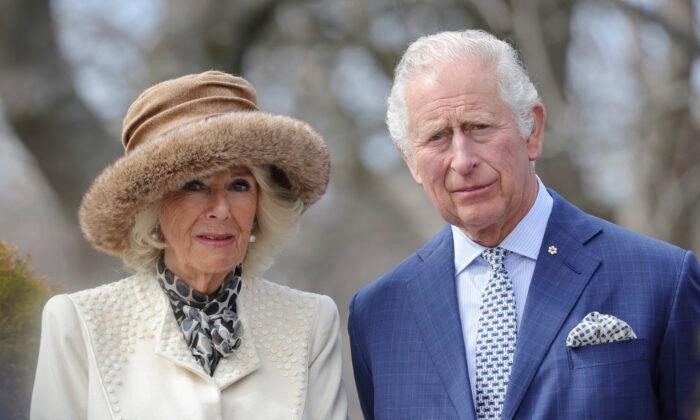The Ontario provincial election campaign was officially launched on May 4, with election day slated for June 2.
Progressive Conservative (Doug Ford)
The Conservative Ford government has made several announcements that indicate a plan to increase spending and a promise to decrease the cost of living in Ontario in the post-pandemic era.
It also proposes an increase of the minimum wage to $15.50, effective Oct. 1, and pledges to provide $300 in additional tax relief, on average, to low-income workers through the Low-Income Individuals and Families Tax Credit.
New Democratic Party (Andrea Horwath)
In its election platform released on April 25, the NDP under Andrea Horwath has also made announcements that pledge an increase in spending with a focus on addressing Ontarians’ concerns over the rising cost of living and revitalizing the provincial health-care system.A particular focus is the housing crisis, with the NDP stating that a Horwath government would “work hard to ensure every Ontarian has a decent, affordable place to live, wherever you live, whether you’re renting or buying.”

The NDP pledges to end exclusionary zoning and increase the supply of affordable homes by updating zoning rules to allow more construction of duplexes, triplexes, and townhomes.
In addition, it promises to build at least 250,000 affordable rental homes over the next 10 years through a newly established housing agency and introduce a vacancy tax, modelled after a B.C. version, to address speculators owning property but not living in it. The tax would, according to the platform, be phased in over two years with the rate at 2 percent of the assessed value. The party also pledges to close any loopholes that allow wealthy investors “off the hook.”
On child care, the NDP promises to follow other provinces in signing an agreement with the federal government that would achieve $10-a-day child care, as well as increasing standard wages for child-care workers to $25 an hour for registered early childhood educators and to $20 per hour for other staff.
To revitalize the health-care system post-COVID, the NDP promises to end what it calls “creeping” progression toward user fees and privatization by reversing cuts made by prior Liberal and Conservative governments and increasing investment to improve the system.
With a focus on youth mental health, the NDP will dedicate $130 million over the next three years to objectives such as building intensive treatment services and increasing access to psychotherapy, counselling, and family therapy.
Liberal Party (Steven Del Duca)
In its platform released on May 9, the Liberals under Steven Del Duca pledges to maintain an increase in spending to address post-pandemic challenges to the economy over the next few years.
Pledging to address the housing crisis, Del Duca’s Liberals promise to build 1.5 million new homes over the next 10 years, which they say will double the pace of building from the past decade. They promise to increase supply to meet the demand by going after the red tape that keeps prices up and by “unlocking more provincial land by burying electric transmissions lines and redeveloping under-utilized strip malls and offices.”
They will also introduce new taxes on vacant homes in urban areas and developers sitting on land.
To address long wait times in Ontario’s health-care system, the Liberals promise to dedicate $1 billion to enable hospitals to “operate significantly above pre-pandemic volumes” and will establish maximum wait times for surgeries and “return to pre-pandemic wait times by the end of 2022.”
Green Party (Mike Schreiner)
The Green Party has also announced a series of plans, mostly focusing on housing affordability and climate.
The party also promises, over 10 years, to build 100,000 new affordable rental homes and allocate $5 billion for a green building program with a focus on saving energy and reducing emissions.
Schreiner said the intention is to “level the playing field” and reform a housing system that currently “favours wealthy speculators and corporations with excess capital” over families looking for a home in their preferred community.
The party would also encourage sustainable finance by requiring public sector investment funds to quickly phase out fossil fuel investments.
New Blue Party (Jim Karahalios)
A newly formed party, the New Blue Party under Jim Karahalios pledges to offer a conservative alternative to the other main parties, with a focus on accountability and the government’s management of COVID-19.
It also promises to strengthen political accountability by scrapping the $100 million taxpayer subsidy to political parties and cracking down on voter fraud in internal party elections.
In addition, it seeks to promote a free, independent press and “defund the establishment media,” such as by taxing all corporate media that benefit from the federal government’s $600 million subsidy.
Ontario Party (Derek Sloan)
Another new upstart, the Ontario Party under former Conservative MP Derek Sloan, also pledges to offer a conservative alternative, with an emphasis on limited government and the “inalienable right to life, liberty, and private property,” according to its charter.
It also pledges to end all COVID-19 mandates imposed by the Ford government and pass legislation to decrease the power of government to prevent it from imposing further lockdowns.
To address the housing crisis, the Ontario Party promises to establish a foreign purchasing ban on residential homes and attain powers similar to those of Quebec to adjust immigration rates and settlement patterns to reduce unsupportable housing demand in many of Ontario’s urban areas.
The Ontario Party also pledges more funding to hospitals to expand their bed capacity and hire more workers while also enabling private corporations and non-profit organizations to build and manage their own hospitals.




